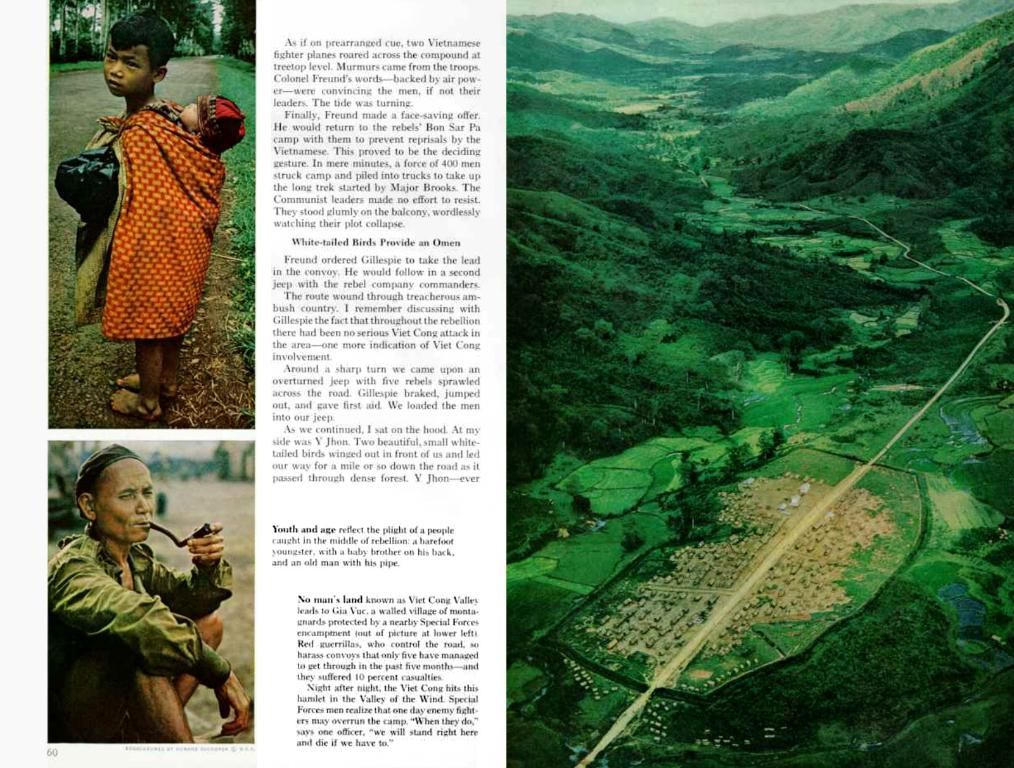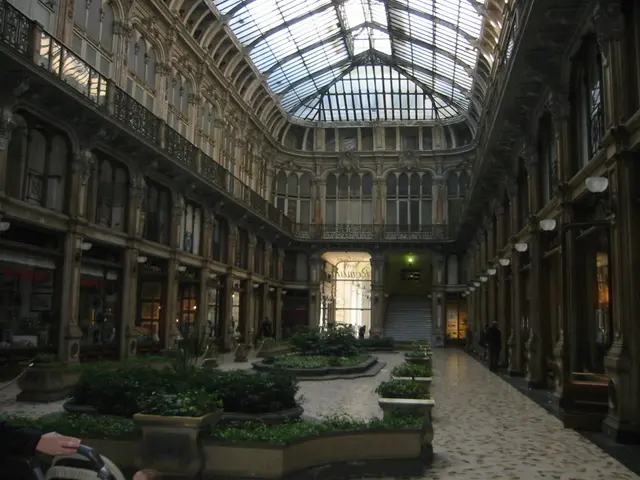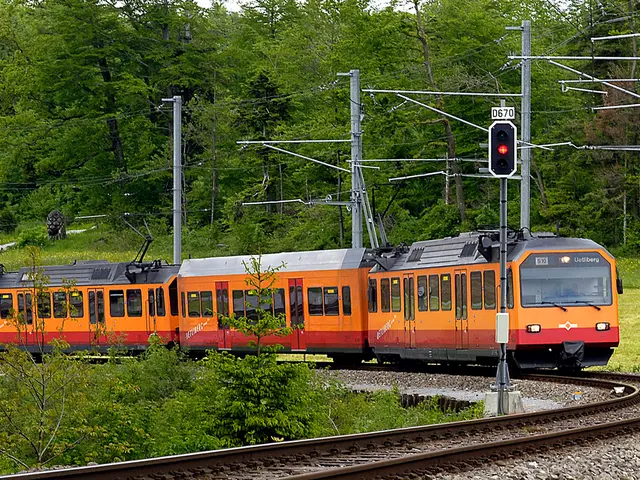Transformative Technologies: Instruments for Collaboration, Visualization, and Sustainable Design with a Low Carbon Footprint
Join us for an enlightening webinar, in partnership with Serif, Total Synergy, and Vectorworks, as we delve into the digital tools that are revolutionizing the way we work together and deliver low-carbon buildings. These exciting tools are empowering architects and designers to create closer collaborations, enhance visualisations, and deliver sustainable buildings.
We'll be exploring the complex relationship between technology and creativity as we journey towards net-zero, and discussing ways for specifiers to stay ahead of the technological curve. Gathering insight from industry experts, we’ll seek to answer pressing questions about data-driven design, the potential tensions between technology and creativity, and the pivotal role specifiers play in this high-tech world.
Chairing the webinar will be AT Editor Isabel Allen, with esteemed speakers Luka Stefanovic, Senior Architecture Industry Specialist at Vectorworks, Claudia Tschunko, Associate Director at Arup, James Ritson, Product Expert Team Leader at Serif, Jack Brunton, Associate Director at AECOM, and Miles Mitchell, Account Executive at Total Synergy.
Luka Stefanovic will unveil valuable opportunities hidden within BIM models, demonstrating how architects can take advantage of data like the fire rating of walls and partitions to create building fire strategies, and quickly communicate U-values of components to identify areas that may compromise thermal performance. Vectorworks' Embodied Carbon Calculator (VECC) enables architects to assess whole-life carbon footprints of projects in real-time while modeling.
Vectorworks' tools—Energos, an integrated energy-performance evaluation tool based on Passivhaus methodology, and VECC—help guide users in making informed design decisions by providing deep insights into the operational carbon performance of designs at every stage, from the earliest concept through to documentation.
Claudia Tschunko will offer an overview of how Arup is using digital tools and data-driven design to optimize workflows, generate and compare alternative design options, streamline collaboration and consultation, and pursue its net-zero ambitions by 2050 across all emissions scopes. Two current design-stage projects, AstraZeneca's next headquarters phase at the Cambridge Biomedical Campus and the next stage of the Battersea masterplan, will be discussed, detailing the digital tools and algorithms used, including Miro and VU.CITY, to support communication with clients and the planning department.
Arup's tools like Zero and Indita, designed to measure carbon and help reduce its impact, will also be highlighted, along with instances where these tools have been instrumental in delivering central London projects.
Serif's James Ritson will provide a fascinating demonstration of graphic design tool Affinity Photo, boasting 100% file format compatibility across Windows, Mac, and iPad, allowing users to work with the same file across any device. Focusing on functionality relevant to architects, Ritson will showcase an extensive range of visualizations, from hand-drawn sketches with distressed paper textures and sketch hatching, to detailed visualizations and photographs.
Jack Brunton will introduce Eco.Zero, a design suite developed by AECOM to provide instant embodied carbon, design material, and cost data for various building uses. This tool is designed for use in the earliest stages of a project, before architectural massing is established, to support significant carbon savings.
Finally, Miles Mitchell will explain how practices can leverage Synergy practice management software to boost internal and external collaboration, communication, and coordination, freeing up valuable time for design. Additionally, Mitchell will discuss Synergy's ability to collate, present, and analyze data, offering a clear picture of project and business performance.
In this captivating webinar, we'll touch upon powerful digital tools from Vectorworks, Arup, Serif, and Total Synergy that have transformed the architectural landscape by enabling data-driven design, improved visualizations, and low-carbon building delivery. Join us for an engaging exploration of these transformative technologies and their unparalleled impact on our industry and the journey towards sustainable design.
- As we delve deeper into data-driven design, it's essential to consider how technology impacts relationships in the business world, especially within the architecture industry, where tools like Serif's Affinity Photo can enhance visualizations and foster collaborations among designers.
- The integration of technology into the fabric of our work has been instrumental in shaping how we approach relationships, from the way we collaborate on projects to the strategies we employ to achieve net-zero goals. By harnessing the power of tools such as Vectorworks' Embodied Carbon Calculator (VECC) and Arup's Zero, we can make more informed design decisions that improve health and the environment.








